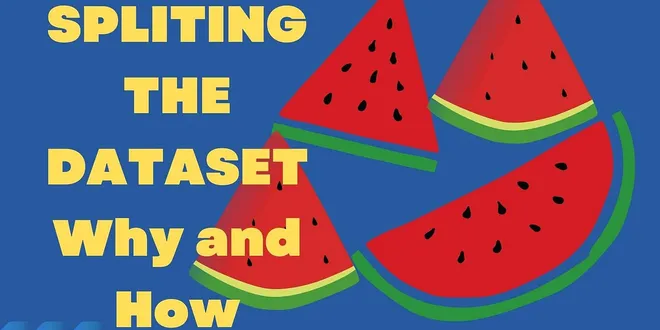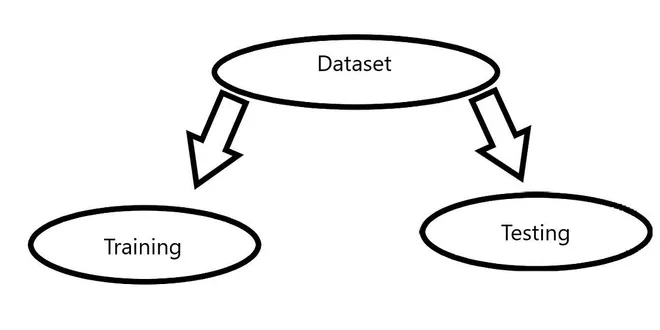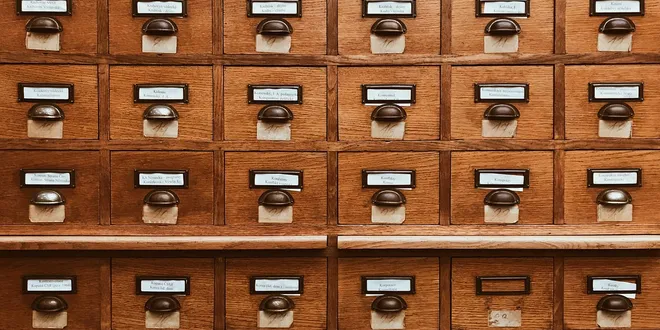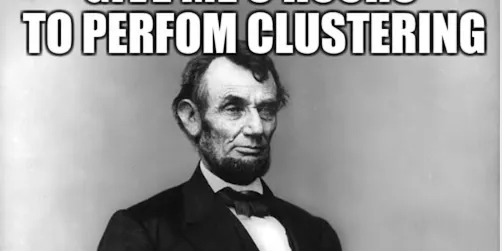data-splitting
Data splitting is a fundamental technique in data science and machine learning that involves partitioning a dataset into distinct subsets for training, validation, and testing purposes. This process is crucial for developing robust models, as it allows practitioners to train algorithms on one portion of the data while evaluating their performance on unseen data. Common splitting strategies include the 80-20 rule, where 80% of the data is used for training and 20% for testing, and the 70-20-10 rule, which includes a validation set. Proper data splitting helps prevent overfitting and ensures that models generalize well to new data.

Data Splitting for Model Evaluation
Data splitting, or commonly known as train-test split, is the partitioning of data into subsets for model training and evaluation separately. In 2017, a Stanford research team under Andrew Ng…
📚 Read more at Towards Data Science🔎 Find similar documents

Why and How do we Split the Dataset?
Why and How do we split the Dataset? Dataset is one important part of the machine learning project. Without data, machine learning is just the machine, and learning is stripped from the title. Which ...
📚 Read more at Analytics Vidhya🔎 Find similar documents

Stratified Splitting of Grouped Datasets Using Optimization
One of the most frequent steps on a machine learning pipeline is splitting data into training and validation sets. It is one of the necessary skills all practitioners must master before tackling any…
📚 Read more at Towards Data Science🔎 Find similar documents

Splitting a dataset
To train any machine learning model irrespective what type of dataset is being used you have to split the dataset into training data and testing data. So, let us look into how it can be done? Here I…
📚 Read more at Towards Data Science🔎 Find similar documents

How to Split and Sample a Dataset in BigQuery Using SQL
Easily segment your data into training, validation, and test sets. Photo by Zac Porter on Unsplash Why split our dataset? Splitting data means that we will divide it into subsets. For data science mo...
📚 Read more at Towards Data Science🔎 Find similar documents

Data splitting technique to fit any Machine Learning Model
Ethically, it is suggested to divide your dataset into three parts to avoid overfitting and model selection bias called - Training set (Has to be the largest set), Cross-Validation set or Development ...
📚 Read more at Towards Data Science🔎 Find similar documents

Splitting your data: growing beyond train_test_split
Properly splitting the data for your machine learning project is crucial for its success. You want to train the model with as much data as possible, but also make sure that it has not simply learned…
📚 Read more at Analytics Vidhya🔎 Find similar documents

How to Select a Data Splitting Method
Separating the data that you have available is an important task to train and evaluate your models effectively. Here I discuss the different data separation techniques in scikit-learn, choosing a…
📚 Read more at Towards Data Science🔎 Find similar documents

Data Wrangling Solutions— Splitting Column with Each Cell Containing List of Values
During the data preparation stage of an analytics project, a common challenge is to have a list of values in a table’s column. Typically, in a scenario like this, an analyst would like to split it…
📚 Read more at Analytics Vidhya🔎 Find similar documents

Splitting the dataset into three sets
In this article, we will mainly focus on why do we need to split the dataset into three sets. If so, how do we do it?. All these days you have been blindly splitting the data into two sets. Let me…
📚 Read more at Analytics Vidhya🔎 Find similar documents

Clustering Data
To put it simply, clustering data is dividing up data points into groups of data in such a manner that we segregate groups with similar traits and assign them to clusters. Why would we do this? Well…
📚 Read more at Analytics Vidhya🔎 Find similar documents

An Off-Beat Approach to Train-Test-Validation Split Your Dataset
Ensuring distributional integrity in splits of small datasets Generated with Microsoft Designer We all require to sample our population to perform statistical analysis and gain insights. When we do s...
📚 Read more at Towards Data Science🔎 Find similar documents

